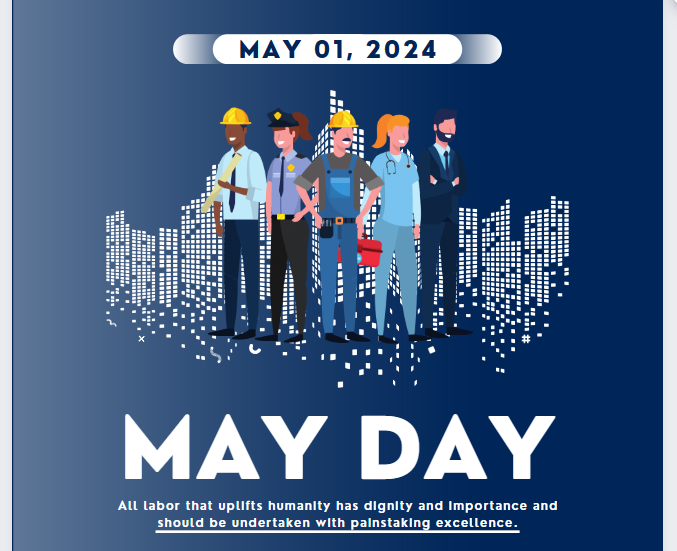People around the world celebrate Labor Day on May 1 with festivals.
On the other hand, demonstrations take place. May 1 is a public holiday in many countries, known as “Labour Day” or “May Day.” The day has a long history as an international day of the labor movement and is often celebrated as a holiday for workers’ rights and social justice. But where did the holiday originate, and what customs are typical of May Day?
What is the story behind Labor Day?
It is no coincidence that Labor Day falls on May 1. The day has been a struggle for the labor movement in Europe since 1890. Around 10,000 people laid down their work on this day to demand a political voice and improved working conditions.
However, the holiday originated in the USA. On May 1, 1886, trade and workers’ unions called for a several-day general strike. Here, too, the date was not chosen randomly, as May 1 was traditionally the so-called “moving day” in the USA, on which employment contracts often ended and many workers changed their residence. The strikes aimed to enforce the 8-hour day and better working conditions. Workers had been fighting for this since the 1860s but without success.
What is the significance of May Day?
Since 1894, Labor Day has been celebrated in the USA and Canada as a public holiday on the 1st Monday in September. The holiday corresponds to Labor Day on May 1 but has a different purpose than in Europe. While Labor Day in the USA was intended to celebrate and recognize the workforce’s achievements, in Europe, May 1 was established as a day of struggle for better working conditions, higher wages, and social justice.
May 1 is a public holiday in all Austrian federal states. Many people use the day for demonstrations, rallies, and celebrations. However, May 1 is also seen as a spring day and a new beginning in many nations.
- hp/picture: canva.com
This post has already been read 5336 times!



